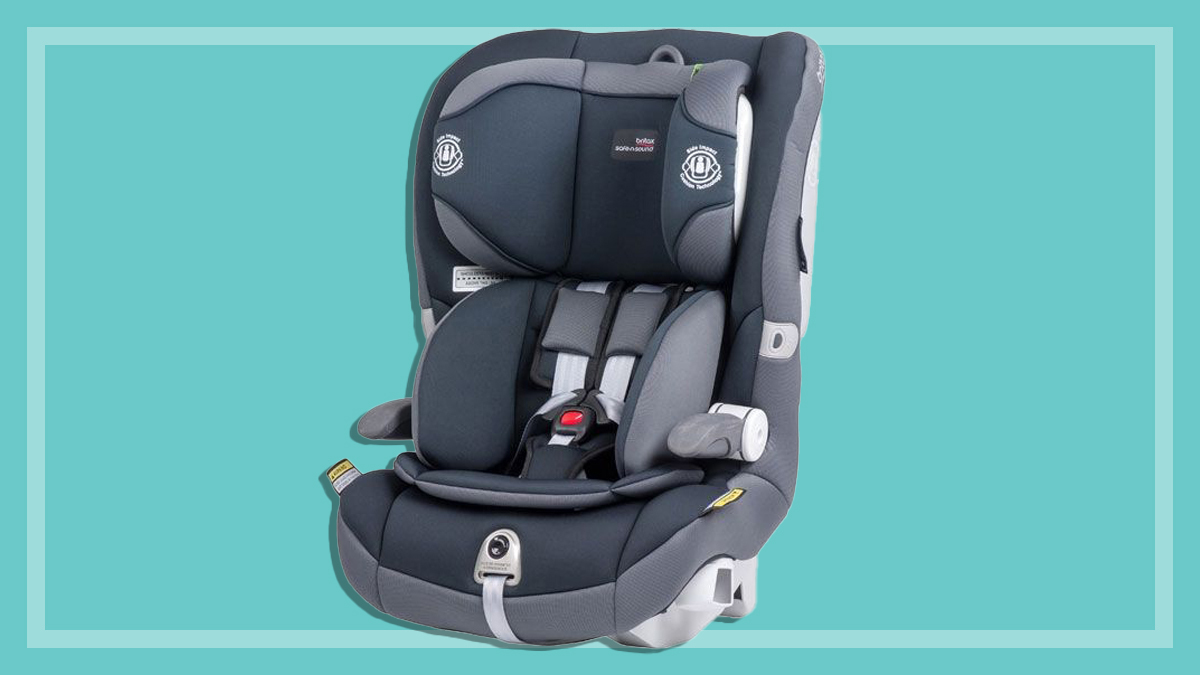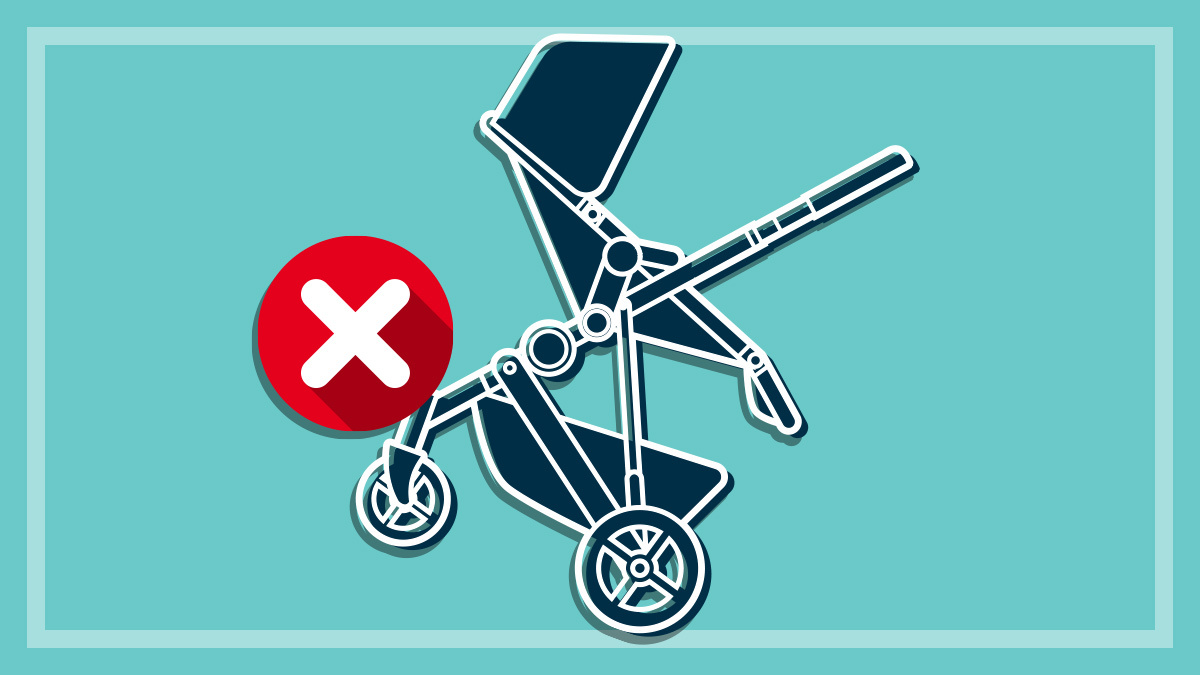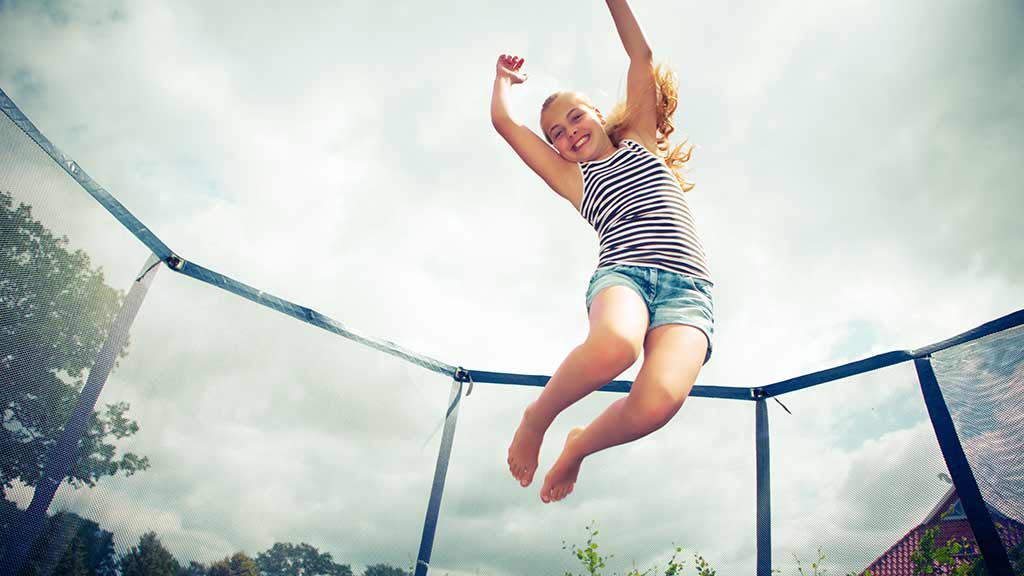Get our independent lab tests, expert reviews and honest advice.
Toilet training your toddler

When you’re in the throes of potty training, it can sometimes feel like your bub is never going to get the hang of using the toilet. Maybe little Bobby has been holding it in so long that he has serious constipation, or Mary is happy to sit in wet clothes, as long as she isn’t made to sit on the big girls’ loo.
On this page:
- Potty training
- When should I start toilet training?
- Potty-training products
- How to start toilet training
- Setbacks
- Top 7 tips for toilet training
The good news is you’re not alone: toilet training is an area of raising toddlers that many parents get in a knot about. It’s a messy business that’s unlikely to be mastered overnight. Luckily, there are things you can do to make it easier.
Potty training
Unless you’re the lucky parent of a child that masters the art of potty training in a matter of days, chances are getting your little one to use the big kids’ toilet is going to take time, effort, and a huge amount of understanding and patience. You could be in for a long journey on this step towards independence, so bear the following three things in mind:
- Your child won’t learn to go to the toilet if she always has a nappy on. She will make the connection between the sensation of weeing and what is physically happening much faster if she can actually see the wee prior to potty training. So, before you’re even thinking about tackling toilet training, take her nappy off and let her run around without it.
- Some kids understand potty training in a matter of days, while others take a long time.
- Don’t expect your child to gain control over these key bodily functions without accidents. If you’ve got carpet, try to keep him outdoors or confined to non-carpeted areas.
When should I start toilet training?
Most toddlers are generally ready for toilet training somewhere between two and three, although some children are early starters and show signs of readiness to start using the potty at 18 months. Daytime toilet training is usually accomplished long before nighttime training, which may not happen until age five or six.
Your child is ready for toilet-training if you notice some of the following signs:
- They have dry nappies during the day – this indicates they are starting to learn bladder control.
- They tell you when they’ve done a wee or poo – if they start telling you in advance that they need to do a wee, they’re well on the way to toilet training.
- They try to take off the nappy when it’s wet or dirty, or complains about it being wet or dirty.
- They no longer do “baby” poo, but produce soft and properly formed poo.
- They are curious about what goes in the toilet.
- They are interested when you go to the toilet – by watching you go to the toilet, they’ll quickly learn what is supposed to happen there. They’ll also start to learn about basic hygiene practices.
- They are interested in completing tasks independently.
- They understand and can follow simple instructions.
- They can get their pants up and down independently.
Potty-training products
There are a lot of products available to help with potty training. Some are essential while others are optional.
Underwear
Yep, your child will need undies! But before you go out and buy expensive ones to celebrate their new life-stage, remember that you might be throwing a few pairs away if there are accidents. Buy at least a dozen pairs.
Potties
Potties of all varieties are on the market. You can spend a fortune or you can buy a very basic potty. The bottom line is that you want a potty your child likes and wants to sit on. So if a potty that plays music or features his favourite cartoon character will motivate him, do it.
A bathroom step
Many kids do go straight onto the big toilet, in which case a bathroom step or stool will be necessary. If you don’t have one, you’ll probably find it a wise buy because he’ll need one to reach the sink and wash his hands, anyway.
Waterproof bed sheets
Waterproof sheets designed for potty training are very effective at keeping beds dry and can make night-time accidents a lot easier to clean up. They can simply be pulled off without the need to remake the bed.
Toilet seats
For toddlers who train on the big toilet rather than a potty, you might consider a toddler toilet seat insert which sits atop the normal toilet seat, making it smaller and less scary for little ones who can be afraid of falling in.
Books
Kids love to read about what’s going on in their lives; there are fun picture books available that can help them understand toilets and hygiene.
Videos
There are all sorts of videos available to help your child make the transition from nappies to the potty or toilet. But beware, most include chirpy and catchy songs about sitting on the potty, wiping and hand-washing which you could be hearing over and over again.
Toilet training reward systems
There are many toilet training kits on the market now. Many contain reward systems such as wall charts and stickers for each successful toilet/potty trip. Others include gimmicks such as targets for boys to aim at. You don’t have to spend a fortune – you can draw up a simple wall chart and buy some stickers for a cheaper DIY option.
Pull-ups
There is a lot of debate around the idea of pull-ups. Some people argue they are just an expensive nappy that doesn’t aid with toilet training because the child doesn’t feel wet just like with a regular disposable. Other people swear by them as a way to avoid accidents when out and about with a toilet training toddler.
How to start toilet training
Pick the right time
The best time to start potty training is when the weather is a bit warmer and your toddler is lightly dressed. Try to choose a time when you can spend a couple of days at home.
Start small
Begin by withdrawing nappies while he’s awake and while you’re at home – it’s fairly unrealistic in the early days to take him out in the car, shopping or visiting friends without a nappy on. Once you’re both more confident, start taking him on short trips away from home without his nappy, but take spare clothes for the inevitable accident.
Encourage him to sit on the potty (or toilet) regularly. By this age, many children are doing regular poos so you may like to take advantage of this and sit him on the potty then. If, however, he resists and insists that he doesn’t need to go to the toilet, don’t force him.
Water
- Make sure she’s drinking plenty of water and eating fibre-rich food, both of which will make the “going” easy and regular.
- If she’s hopping on and off the potty unsure whether she wants to go, try slightly turning on a tap so you can hear a gentle trickling and encourage her to sit for a couple more minutes.
Predict toilet trips
Ask him if he needs to go to the toilet throughout the day – but don’t bug him with it as he may just start tuning you out. Suggesting that he go to the toilet before you leave the house; before and straight after his nap are logical times to ask, too.
Number twos
You may find that if she’s frightened of doing a poo in the potty or toilet (and many children are), she may wait until you’ve put a nappy on him at bedtime to do his poo. While this is OK in the short-term, once he’s really bladder toilet-trained you may like to try having story-time in the bathroom while he sits on the toilet before bed. (See below for more on poo fear, which is very common.)
Night-time toilet training
There are a few children who throw away the nappies completely when they begin toilet training, but for most they will continue to wear nappies at night for at least a year after they have moved to underpants during the day to get used to night-time toilet training. Some children still wet the bed at six or seven, and beyond.
If you’re one of the lucky few who has a child who is waking each morning with a dry nappy, try a couple of nights without putting a nappy on and see what happens.
Have a good attitude
Toilet training your toddler can be a difficult and frustrating experience, but remember to be lavish in your praise when she gets it right. If she’s wetting her pants more often than she’s getting to the potty, don’t be negative. You may have to rethink your toilet-training strategies.
And importantly, don’t push. Relax and let nature take its course – for some, toilet-training can take weeks or even months. Always be encouraging and just quietly persist.
Toilet hygiene
- Leave teaching him how to wipe his bottom until he’s fully toilet-trained – under the age of three, he’ll only do a bad job.
- Show her how to wash her hands properly.
- The bathroom can get pretty stinky with all the little misses, so keep a bottle of bathroom spray handy, and give the toilet and the surrounding floor a quick clean each day.
Setbacks
Some parents find that after months of successful toileting, at the exact moment they are congratulating themselves on a job well done, their child begins to have the occasional accident.
This is often because as you relax your focus on toilet-training, so too does your child. Without the constant reminders to monitor his bladder and bowels, he will get distracted by much more interesting things and suddenly realise that he has to go to the toilet NOW, when it’s all too late.
Try not to be too concerned about this – all your hard work is not being undone! With a few gentle reminders, you child will be back on the right path and ultimately he has to learn to listen to his own body – even when he’s deeply involved in an exciting game – instead of relying on you to monitor his body.
Avoiding accidents
- If your child tells you she has to go to the toilet, act quickly! In the beginning, she won’t be able to hold on for long.
- If he’s busy in play, you may need to physically remove him from the game before you can get his attention and ask him if he needs to go to the toilet.
- If your child doesn’t seem bothered about having wet pants, try regularly taking her to the toilet rather than asking him if he needs to go – she may just say no regardless of how full his bladder is.
- Ask him to go to the toilet before you leave the house. If you make a point of going to the toilet yourself before a trip, he’ll see that it’s just part of a routine.
- When you are away from the house, make sure you know where the closest toilet is at all times (even if it is just a big tree in the park). You don’t want to get stuck trying to find a toilet when your child has 30 seconds before she’ll wet her pants.
Refusing to poo in the potty
So, your child is using the potty like a champ and proudly wearing his underwear. There’s only one problem: he refuses to poo on the potty or the toilet, so he holds it in and gets painfully constipated. This can often mean you find yourself involved in an epic power struggle, and you’re worried he’s in pain. What can you do?
Getting comfortable
First of all, remember that this is a really common toilet training situation and although it seems insurmountable, it is normal.
Your child’s reluctance may result from initial constipation, or the constipation may be a result of the reluctance. It can be difficult to tell what’s causing what. (Some small children withhold from having a poo for so long that they become impacted, which can cause involuntary leaking of faecal liquid; parents may misread this as diarrhoea or a child with incontinence, when really what’s happening is extreme constipation.)
Whether it’s a cause or an effect, constipation is something you can directly address. Try increasing the amount of fluid or fibre in your child’s diet. Talk to your GP about the situation; there may be a stool softener they can recommend. The first step is making sure having a poo is not painful – that might be an easy way to solve her problem.
But it may also take a little more work on your part. Here a few other things to try:
- Back off and offer him a nappy or a pull-up nappy when he needs a poo. Then, when he’s finished, empty the poo into the potty or toilet and gently remind him that poo goes in the potty.
- If she does want a nappy, encourage her to do her poo in the bathroom. At first, let her choose her spot in the bathroom. Then gradually encourage her to sit on the potty, even if she’s still using a nappy. From there, you might be able to undo the nappy as she poos and then eventually remove it. Some parents have even cut a hole out of the bottom of the nappy, so the poo goes in the potty, even though she still has the sensation of wearing it.
- Take a break from potty training and let him go back to his nappy or pull-up for a while. Not all kids are toilet trained at the same time, and yours may just need a bit longer.
Top 7 tips for toilet training
- For boys, nothing beats pointing them at a tree when they start to do a wee. They love nothing better than to “water” the plants.
- Girls are often more motivated to use the toilet properly. Try dressing her in a skirt or dress while she’s learning – that way she can easily manage her own clothes as well.
- Move to using proper underpants as soon as you can – a large part of successful toilet-training is learning to manage getting pants down and back up and knowing how they feel.
- Most children learn to control their bladder before their bowels.
- Many children become temporarily constipated whilst toilet training because they hold onto their poo until they get a nappy on at night. Make sure he’s getting enough fibre in his diet so that he won’t be too uncomfortable.
- At a certain point, you will have to begin leaving the house with your child dressed in underpants. Take plenty of spare pairs wherever you go – along with back-up sets of clothes and a towel – and don’t try going anywhere too ambitious on your first outings.
- Keep a potty in the car for emergencies. You may never need to use it but you’ll always be glad it’s there.






